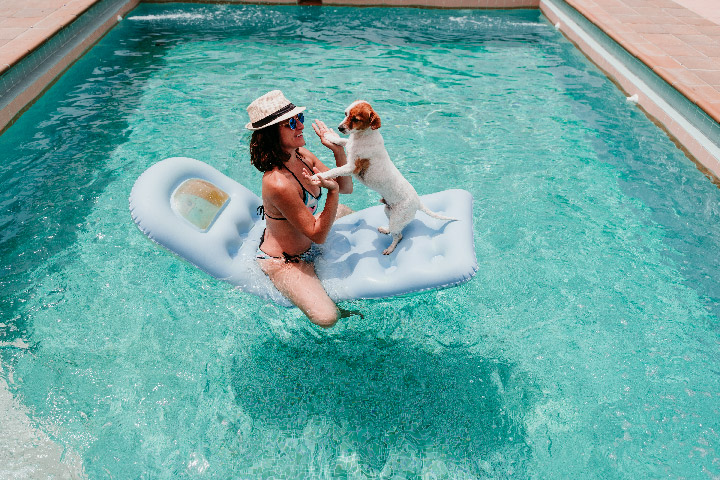Ensuring a Smooth Pool Opening Season by Learning from Common Missteps
As the weather starts to warm up, pool owners eagerly prepare to open their swimming pools for the season. However, opening a pool can be a complex process, and mistakes can lead to frustrating and costly issues. To help you avoid common pitfalls, we’ve compiled a list of the most common pool opening mistakes and tips on how to prevent them.
- Opening the Pool Too Late
One of the most common mistakes pool owners make is waiting too long to open their pool. Delaying the opening can lead to algae growth, which can be challenging to eliminate and may require additional chemicals and maintenance.
How to avoid: Open your pool when the temperature consistently stays above 60°F (16°C). This helps prevent algae growth and ensures your pool is ready for use as soon as the weather permits.
- Not Thoroughly Cleaning the Pool Cover
Failing to clean the pool cover before removing it can introduce dirt, debris, and bacteria into the pool water, affecting water chemistry and clarity.
How to avoid: Before removing the pool cover, use a soft brush or broom to sweep off any debris, and hose it down to remove any lingering dirt or algae.
- Neglecting to Properly Balance Water Chemistry
Improper water chemistry can lead to various issues, such as algae growth, cloudy water, and potential damage to your pool equipment and surfaces.
How to avoid: Test your pool water as soon as you open it and adjust the chemicals accordingly. Ensure that the pH, alkalinity, and sanitizer levels are within the recommended ranges. Consult a pool professional if you are unsure about the correct levels for your pool.
- Forgetting to Inspect and Reassemble Pool Equipment
Overlooking the inspection and reassembly of pool equipment can lead to leaks, malfunctioning components, and potential damage to the pool system.
How to avoid: Before starting up your pool, inspect all equipment, such as the pump, filter, and heater, for signs of wear or damage. Reassemble all components according to the manufacturer’s instructions and check for leaks or other issues during the initial startup.
- Rushing the Pool Opening Process
Trying to open your pool too quickly can lead to mistakes, overlooked issues, and potential damage.
How to avoid: Set aside ample time to open your pool and follow a step-by-step process to ensure you don’t miss any critical tasks. It’s better to take your time and get it right than to rush and potentially cause problems.
- Not Brushing and Vacuuming the Pool
Skipping the brushing and vacuuming process can lead to lingering dirt and debris, which can affect water clarity and quality.
How to avoid: After opening your pool, thoroughly brush and vacuum the pool surfaces to remove any dirt, debris, or algae. This helps ensure a clean and clear pool, ready for swimming.
Conclusion
Opening your pool for the season can be an exciting time for pool owners. By being aware of the most common pool opening mistakes and taking steps to avoid them, you can ensure a smooth and trouble-free pool opening process. Properly opening your pool sets the stage for a fun, safe, and enjoyable swimming season.
